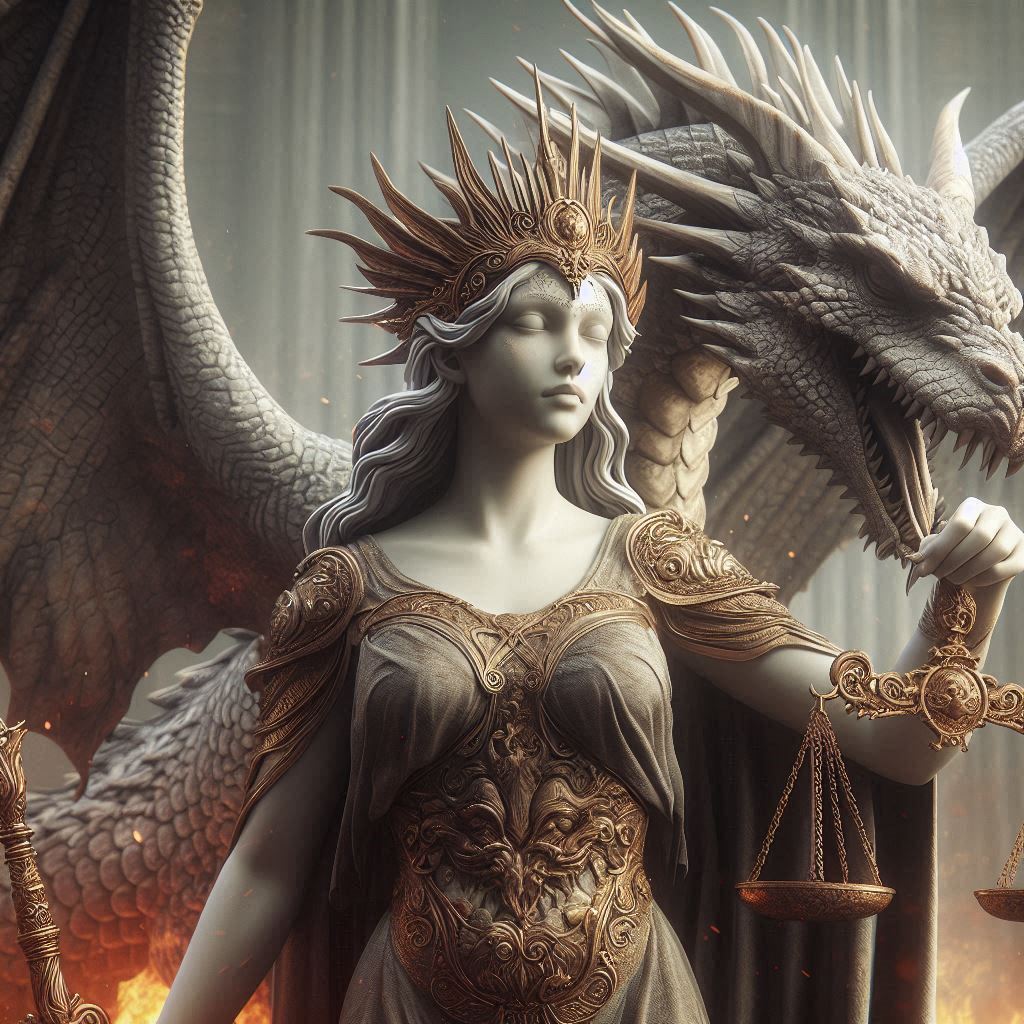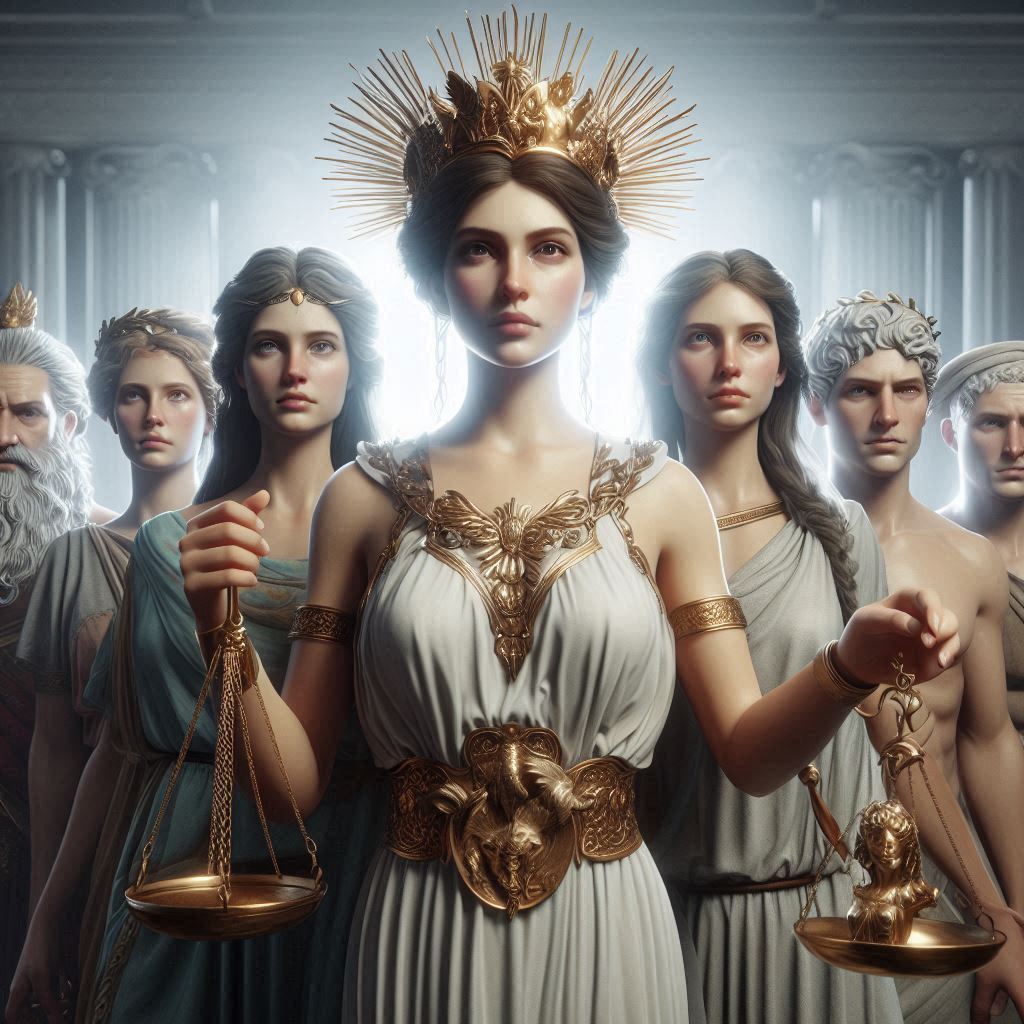Table of Contents
The Mastery of Ursula K. Le Guin’s World-Building
Where was The Mastery of Ursula Le Guin rooted? Ursula K. Le Guin remains one of the most influential and revered authors in the realm of science fiction and fantasy, not only for her innovative narratives but also for her unparalleled world-building. Her ability to create rich, immersive worlds that resonate with readers long after they’ve turned the last page is a testament to her literary genius. In this article, we delve into the mastery of Ursula K. Le Guin’s world-building, exploring how she crafts universes that are as complex and compelling as the characters who inhabit them.

The Philosophical Foundations of Le Guin’s Worlds
At the heart of Ursula K. Le Guin‘s world-building is her deep engagement with philosophical, anthropological, and sociological themes. Unlike many science fiction writers who focus on technological advancements and their consequences, Le Guin’s works are often rooted in the exploration of human nature, society, and ethics. Her worlds are not just settings for action; they are complex ecosystems where ideas about culture, gender, power, and morality are examined and challenged.
For instance, in The Left Hand of Darkness, Le Guin introduces the planet Gethen, a world where the inhabitants are ambisexual, switching between genders throughout their lives. This unique biological feature allows Le Guin to explore themes of gender and identity in ways that are both profound and thought-provoking. By creating a world so different from our own, Le Guin invites readers to question their own assumptions and biases, demonstrating the power of speculative fiction to challenge societal norms.
Linguistic Precision and Cultural Depth
One of the hallmarks of Ursula K. Le Guin’s world-building is her meticulous attention to language and culture. Le Guin was deeply influenced by her parents, both of whom were anthropologists, and this influence is evident in the depth and authenticity of the cultures she creates. Each of her worlds is characterized by its own distinct language, customs, and social structures, all of which are intricately woven into the fabric of her narratives.
In The Dispossessed, for example, Le Guin constructs two contrasting societies: the anarchist society of Anarres and the capitalist society of Urras. Through the lens of these two worlds, she explores complex themes of freedom, inequality, and utopian ideals. The societies are not mere backdrops; they are integral to the story, shaping the characters’ beliefs, actions, and interactions. Le Guin’s ability to create such detailed and believable cultures is a key factor in the enduring appeal of her works.
Environmental Consciousness and Ecological Themes
Le Guin’s world-building is also distinguished by her deep ecological awareness. Her worlds are not static or merely decorative; they are living, breathing environments that reflect the interconnectedness of all life. This is particularly evident in her Earthsea series, where the natural world plays a crucial role in the story.
In The Word for World is Forest, Le Guin explores the relationship between colonizers and the environment of the planet Athshe. The novel serves as a powerful commentary on the exploitation of natural resources and the impact of colonialism on indigenous populations. Le Guin’s depiction of the lush, forested world of Athshe is both vivid and haunting, underscoring her belief in the importance of living in harmony with nature.
The Emotional and Psychological Realism of Le Guin’s Worlds
What sets Ursula K. Le Guin’s world-building apart from many of her contemporaries is the emotional and psychological realism she brings to her characters and their environments. Her worlds are not just physical places; they are deeply intertwined with the inner lives of her characters. Le Guin’s characters are often faced with moral dilemmas and existential questions, and their struggles are mirrored in the worlds they inhabit.
In The Lathe of Heaven, the protagonist George Orr’s dreams have the power to alter reality, leading to a constantly shifting world that reflects his inner turmoil. Le Guin’s ability to merge the psychological with the physical creates a sense of immediacy and intimacy that draws readers into the story, making her worlds feel both alien and familiar at the same time.
Anarres and Urras in The Dispossessed
- From Le Guin, Ursula K. The Dispossessed. Harper & Row, 1974.
- In The Dispossessed, Le Guin contrasts two planets: Anarres, a harsh, anarchist society, and Urras, a lush, capitalist world. Through these two settings, Le Guin explores the complexities of political ideologies, particularly anarchism and capitalism. The societies on these planets are meticulously detailed, with their own languages, customs, and economic systems that reflect their core values. Anarres, for example, is built on the principles of communal ownership and mutual aid, which are reflected in the spartan lifestyle and social organization of its inhabitants. Urras, in contrast, is a world of abundance but also inequality and exploitation. The world-building here is instrumental in Le Guin’s critique of utopian ideals and her exploration of the costs and benefits of different social systems, making the planets themselves almost characters in the narrative.
Earthsea in A Wizard of Earthsea and its Sequels
- From: Le Guin, Ursula K. A Wizard of Earthsea. Parnassus Press, 1968.
- The Earthsea series is renowned for its intricate world-building, with its archipelago of islands, each with its own culture, language, and magical traditions. The concept of naming is central to Earthsea’s magic system, where knowing the true name of a person or thing gives one power over it. This idea is rooted in ancient linguistic and cultural practices, reflecting Le Guin’s deep understanding of language as a tool of power and identity. The geographical diversity of Earthsea, from the deserts of the Kargad Lands to the cold, remote island of Gont, contributes to a rich and varied world that feels lived-in and real. Le Guin uses this setting to explore themes of balance, power, and the consequences of one’s actions, with the world itself often reflecting the internal states of her characters.
Athshe in The Word for World is Forest
- From: Le Guin, Ursula K. The Word for World is Forest. Berkley Publishing Corporation, 1976.
- In The Word for World is Forest, Le Guin depicts the planet Athshe, a world covered in dense forests and inhabited by a peaceful, forest-dwelling species. The planet’s environment and its inhabitants’ way of life are deeply interconnected, with the forest serving as both a physical and spiritual home. The arrival of human colonizers, who seek to exploit Athshe’s natural resources, sets up a conflict that serves as a critique of colonialism and environmental destruction. The detailed description of Athshe, from its lush vegetation to the dream-sharing practices of its people, is not just a backdrop but a critical element of the story’s message about the devastating impact of exploitation and the value of ecological harmony. Le Guin’s world-building here is a powerful commentary on the importance of preserving natural environments and respecting indigenous cultures.
The Legacy of Ursula K. Le Guin’s World-Building
Ursula K. Le Guin’s mastery of world-building is a cornerstone of her literary legacy. Her ability to create intricate, believable worlds that challenge readers to think deeply about society, culture, and the human condition is unmatched. Through her works, Le Guin has expanded the possibilities of speculative fiction, demonstrating that world-building is not just about creating new places, but about exploring new ideas and perspectives.
Le Guin’s worlds continue to captivate readers because they are not just escapist fantasies; they are reflections of our own world, seen through the lens of her unique imagination. As readers and writers continue to explore the possibilities of world-building, Ursula K. Le Guin’s work will undoubtedly remain a touchstone for generations to come.


No responses yet